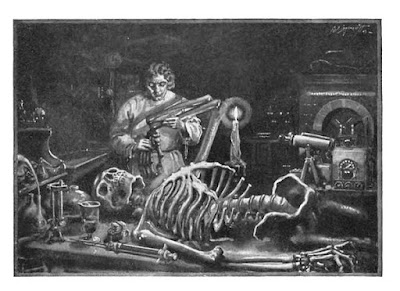Week One: Frankenstein
This week we took a look at the story of Frankenstein. The story was written in 1818 by Mary Shelley. It tells about a young scientist who builds and animates a dead corpse. The classic tale is intriguing because it has many different side paths that it could take. The story is starts off with these book framing letters that are written by someone who has nothing to do with the original story. This sort of device can be read multiple different ways. The protagonist, Dr. Frankenstein, is the one telling the story. This could or could not be a good thing. I say this because he could be an untrustworthy narrator. It is interesting how the story evolves from being about the horrors that the monster causes but more about the monster's place in society. Throughout the story it seems that the doctor and his family are more focused on trying to make it work with the monster rather than actually dealing with the monster. I feel like this is some sort of subtle hint into the life of that time. I think this is a very cool way to do it. We as humans are drawn straight toward this monster, but an even bigger problem begins arising. The story of Frankenstein is very real while still being very fiction. The story highlights problems that are still present in the world today. It is just amazing that a story written all those years ago can still be used in a learning environment today.




So Frankenstein's monster in the book was meant to be the perfect man. so why do you think in the movies he is always depicted as something ugly?
ReplyDelete